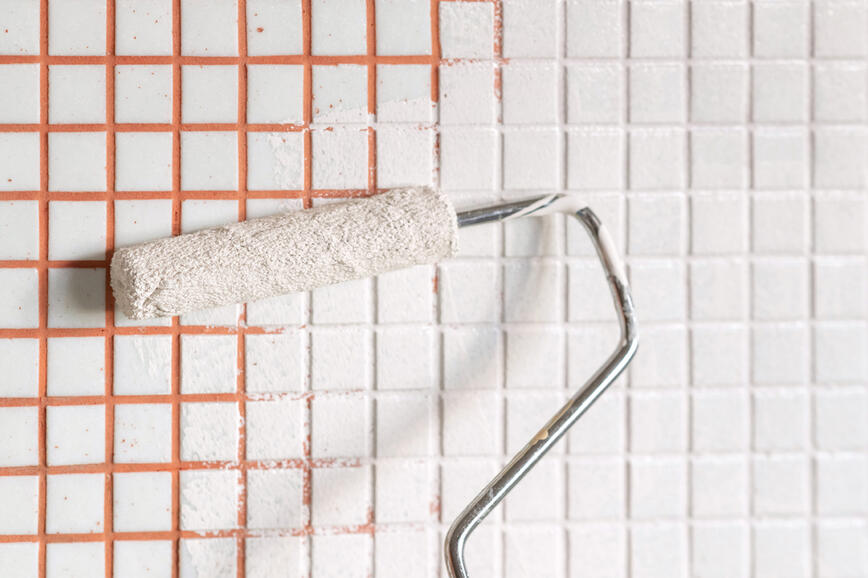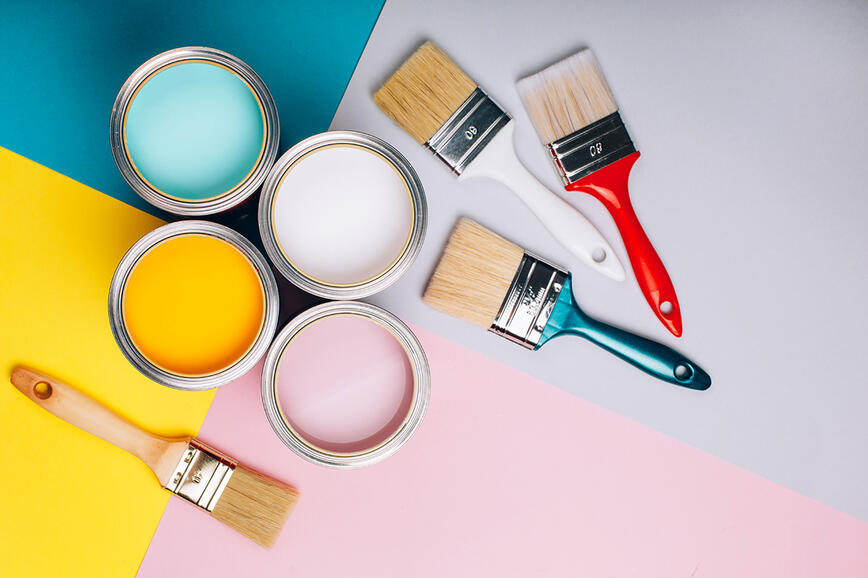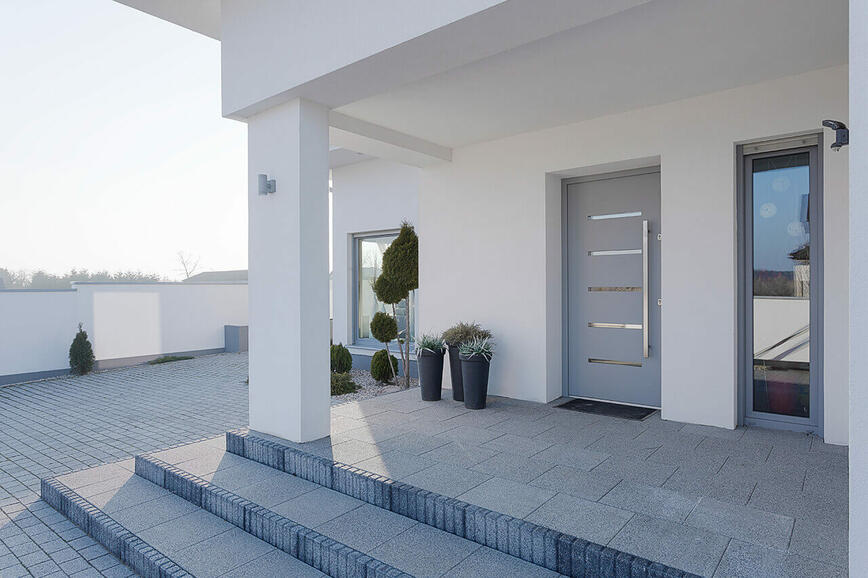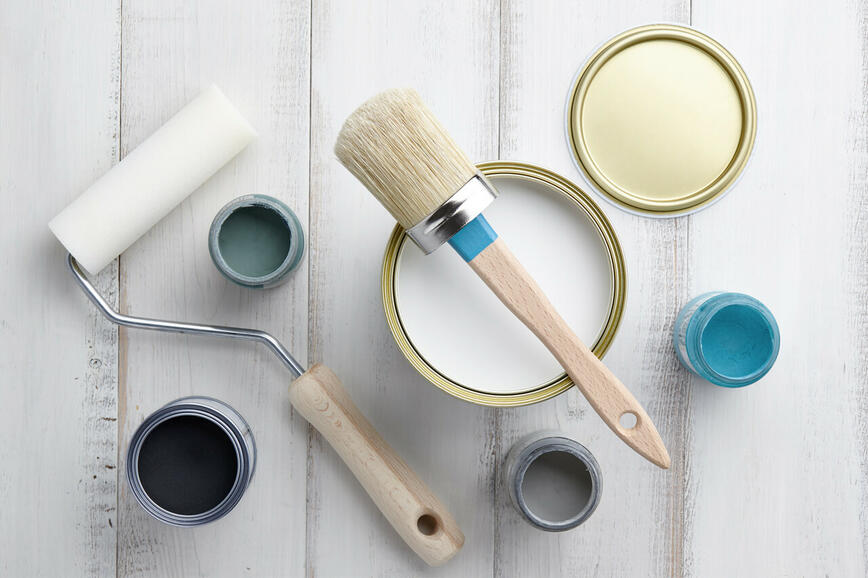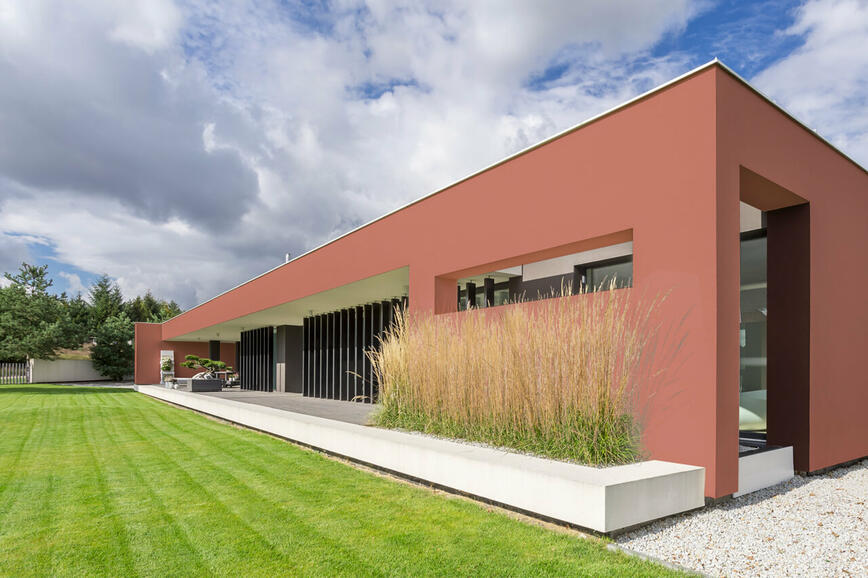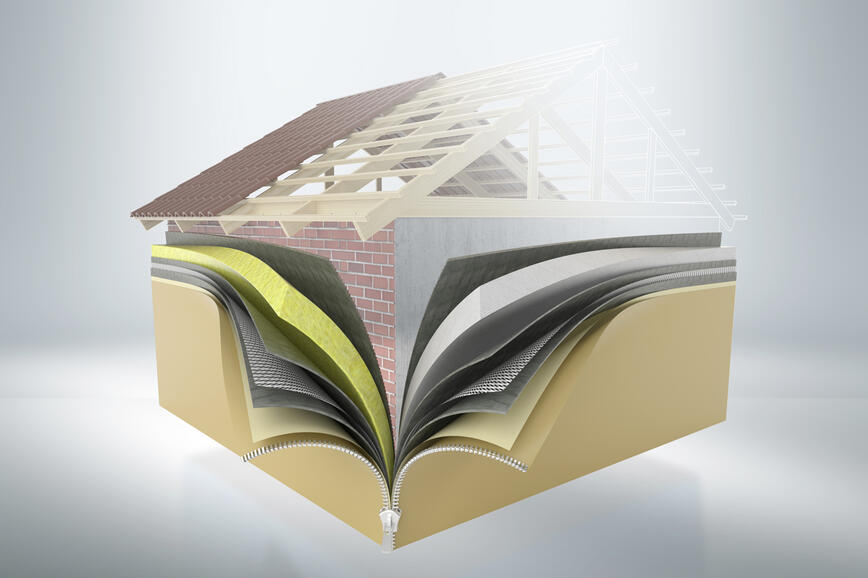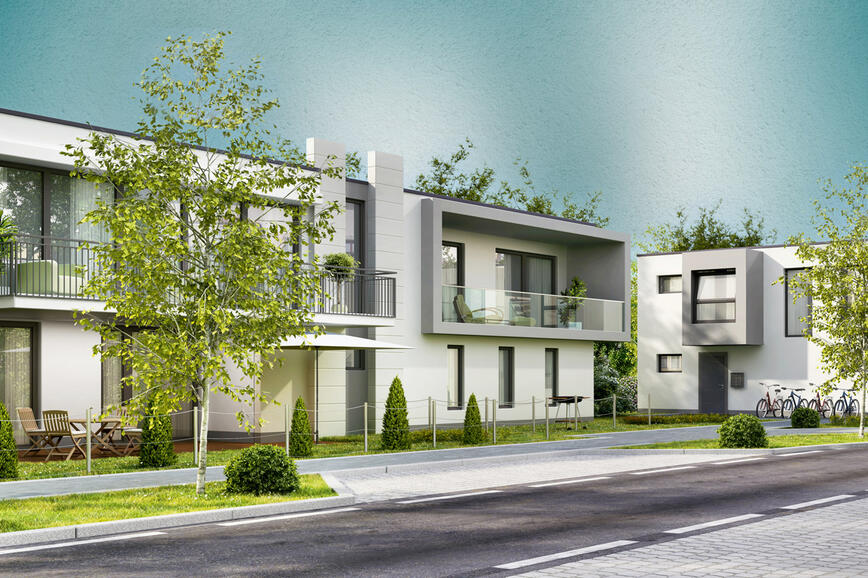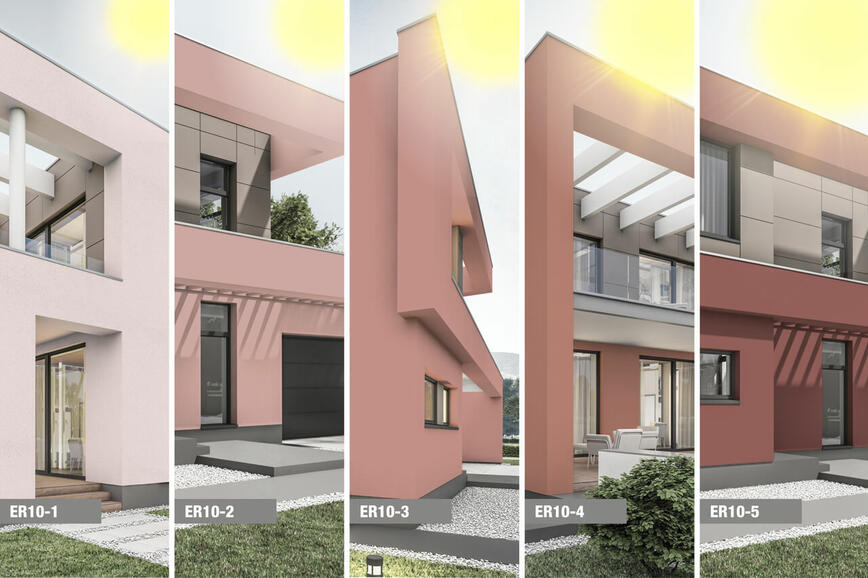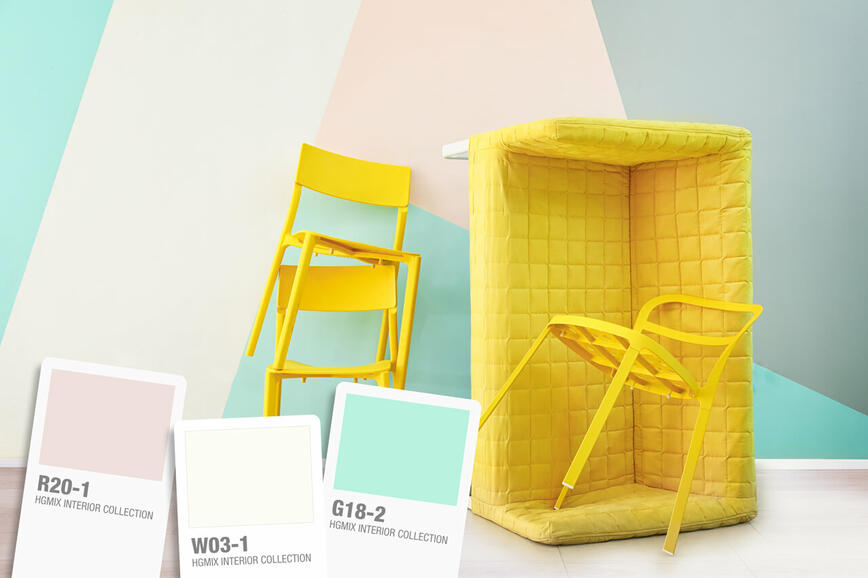How to effectively block water-soluble stains on wall surfaces
When renovating wall surfaces, it is common to encounter stains that cannot be covered using normal water-based interior wall paint. Such stains are caused by water spills or seepage, writing and drawing on the walls, wine, juice, coffee, smoking, heating etc. Such stains share the feature of being soluble in water, which means that during the drying process, the water in interior wall paints soaks them and brings them out onto the surface. And when the paint dries, the stains are still visible.

Where water-soluble stains most commonly occur
If smoking occurs indoors for several years, the wall surfaces become heavily impreganted with nicotine and other tobacco smoke derivatives. The nicotine in the room causes the wall paint to turn very yellow over the years. Stains from water spillage can also appear on wall surfaces, most often caused by damaged plumbing, heating and sewage systems and damaged roofs. Before painting over such stains, it is important to first identify and address the cause of the stains. If mould has already occured on the wall, it must be subjected to proper remedial treatment before painting.
In the case of restoration of wall surfaces after major fires, we recommend dry ice cleaning before painting. This is a completely dry, water-free procedure, an upgrade on traditional technologies and it replaces blasting, high-pressure washing and steam cleaning. Dry ice cleaning does not leave any damage on the cleaned surfaces and is also suitable for sensitive surfaces. In the case of minor fires, clean the surfaces with a cloth soaked in special cleaning agents, but normal dishwashing detergents can also be used.
Kitchen wall surfaces are also very exposed. Oil, wine, coffee, tomato sauce, etc. are common stains. If you have children, markers or crayons can also end up on the wall. Depending on the quality of the coating, such stains can be partially surface cleaned with a dishwashing detergent solution before painting, and in some cases we recommend light sanding with fine sandpaper to ensure better adhesion of the new coating.


Blocking water-soluble stains
For effective blocking of water-soluble stains, you can use SPEKTRA Stain Block Grund, a semi-transparent water-based primer which perfectly blocks nicotine, water spillage, tannin, wine, juice, coffee stains, etc. and prevents them from appearing after the application of the finishing paint. SPEKTRA Stain Block Grund is ready for application, so it does not need to be thinned before use. It is applied in one coat, with a roller, paintbrush or spraying. One liter covers up to 30 m2 of surface, depending on the absorbency and roughness of the substrate. Since this is a semi-transparent coating, it is important to note that it does not cover the stains, but blocks them and prevents them from appearing after the top coat has been applied. Any SPEKTRA wall paint in the desired quality and shade can be used as a top coat. An advantage of SPEKTRA Stain Block Grund is in the fact that it is not necessary to coat the entire wall, only the spots where there are stains.

For painting wall surfaces with water-soluble stains, SPEKTRA ANTINICOTINE PAINT is also the right choice. It is manufactured based on a non-aromatic solvent that does not dissolve water-soluble stains, therefore blocking them perfectly; it is also odourless and user-friendly. As the paint contains a binder with very small particles, it perfectly penetrates the substrate and acts as a self-impregnating agent, so there is no need to apply impregnation before its application. It has excellent adhesion on a variety of surfaces. Due to high coverage, it can also be used as the finishing coat. The paint is ready for application, so it does not need to be thinned before use. Apply two coats of paint using a roller or paintbrush.


